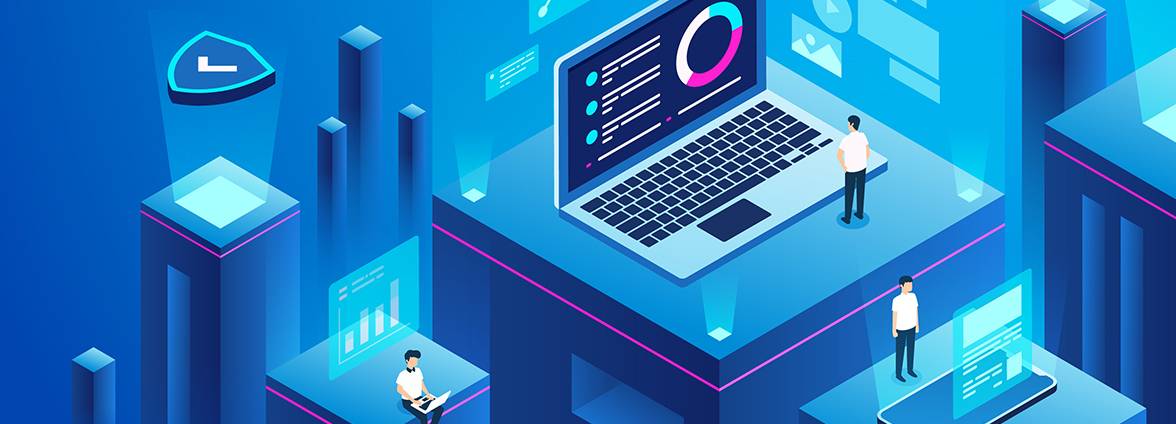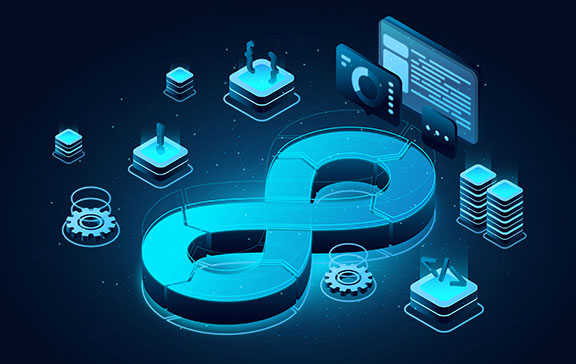With technology becoming integrated everywhere followed by the shifting of corporate landscape, Digital Transformation has plenty to offer this year. Accordingly, digital transformation could see organizations bringing about automation. In this process, usage of bots for effective customer service, provision of collaborative tools to help developers or remote employees work from anywhere have played prominent role during digital transformation processes. With the universal nature of digital transformation, many enterprises asset management software made its presence felt good in the market. The top seven trends that will take the shape of Digital Transformation trends during the year are given below:
1. 5G Will Be the New Normal
The advantages of 5G was heard by everyone till last year, but now it has come into its actual usage by many from the beginning of 2023. The basic reason is that 5G increased bandwidth accompanied by a dependable connectivity. This feature of 5G became a reality, offering tangible advantages, which everyone can follow in this world. In today’s world of communication, digital is the standard. Hence, many businesses are attempting to run operations from their homes and other remote locations. In the coming years to follow, the technology of 5G will gain more and more popularity. With this scenario, the adoption of 5G technology will lead to an increasing demand for IoT connection, thereby, improving digital collaboration, and speeding up digital transformation.
2. Customer Data Platform or CDP
In recent months, the customer data platform has picked up great progress based on a good reason as well. The term CDP is referred to as a comprehensive customer database, which supports organizations that are engaged in the process of consolidated data collection, big data, its processing, consolidation, activation, and execution from online and offline channels. This timely digital transformation of data coupled with techniques, like artificial intelligence and machine language, help organizations to suit the changes in customer preferences at a rapid speed.
3. Cybersecurity
In the aftermath of the pandemic, Cybersecurity has emerged as a great concern. In this world of great digital connectivity, one can observe that organizations permit employees to reach out for data from a secured outside network. Here, there is an increased risk of perimeter security being threatened. Accordingly, it has become a necessity for the employees to use secured networks and businesses that should reinforce their networks and improve their cybersecurity protocols. Spreading them to home networks and mobile work-from home devices are found advantageous as well.
4. Hybrid Cloud Is the Winning Enterprise Architecture
Progressively, many businesses are adopting the techniques of hybrid cloud architecture. This helps the businesses to accomplish the desired balance for their cloud infrastructure demands that ranges from SaaS applications and on -premise solutions, to combination of public and private clouds. Businesses, like AWS, Azure, Google, IBM, and Oracle, have invested significantly in hybrid cloud during the previous year. These efforts have enabled these business organizations to reach out to their customers, taking on the issues consisting of data expansion. But, at the same time, organizations have also taken a proactive approach towards data privacy, security, and compliance concerns. The modernized hybrid cloud model designed in this respect is exceptionally good that can be included in industrial applications.
5. Amalgamation Of Artificial Intelligence and Machine Learning
Artificial intelligence and machine learning have become more prevalent in digital transformation, enabling organizations to automate tasks, gain insights from data, and provide personalized experiences to customers. With the growth of big data and the increasing availability of AI tools, businesses are using these technologies to drive digital transformation initiatives.
6. Increased adoption of cloud computing
Cloud computing has become a critical component of digital transformation, allowing organizations to store and access their data and applications on remote servers over the internet. The pandemic has accelerated the adoption of cloud computing as businesses shifted to remote work, and needed quickly to adapt their operations to a digital environment.
7. Internet of Things or IoT
One of the cornerstones of competitive differentiation is known as, innovative driven Internet of Things or IoT, in short. From manufacturing and healthcare, retail and SCLM, the speed at which organizations are driving this innovative based IoT has boosted tremendously. The growth of IoT technology is a significant driver of digital transformation as it allows organizations to gather more data and automate processes. As the number of connected devices continues to grow, businesses are exploring new ways to leverage IoT technology to improve their operations and customer experiences.
Conclusion
To conclude, it is apparent that the ways in which every organization operates today, show a continuous change owing to increased initiatives in the area of digital transformation. Based on a survey conducted in the US, more than fifty percent of the heads of the organizations look for increasing their technology by investing ten percent to strengthen their digital transformation services. This trend is also foreseen in India and is applicable. In a nutshell, it can be said that Digital transformation impacts every level of business, thereby, bringing the data from several departments together to collaborate in a more efficient way.



